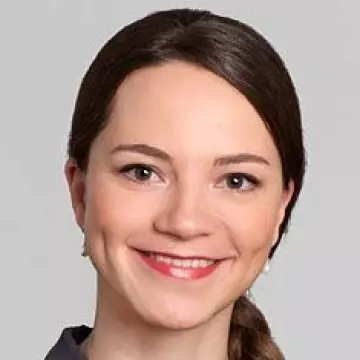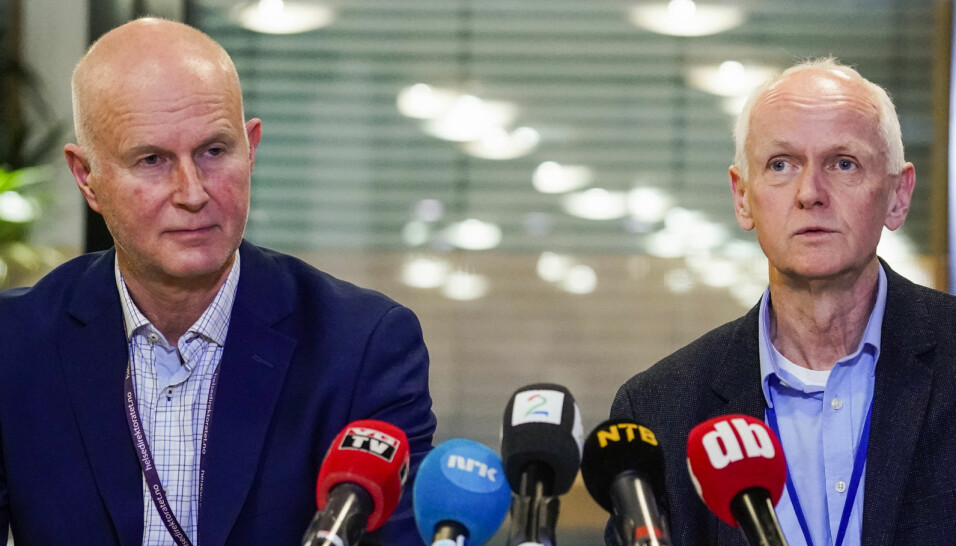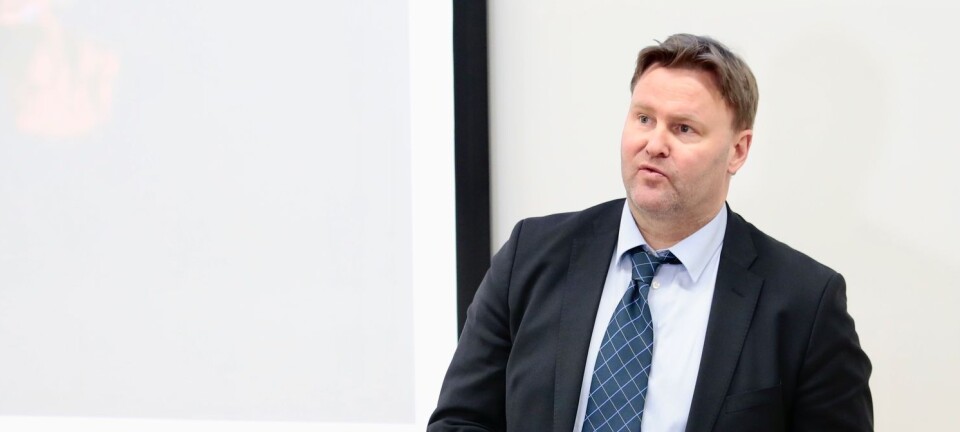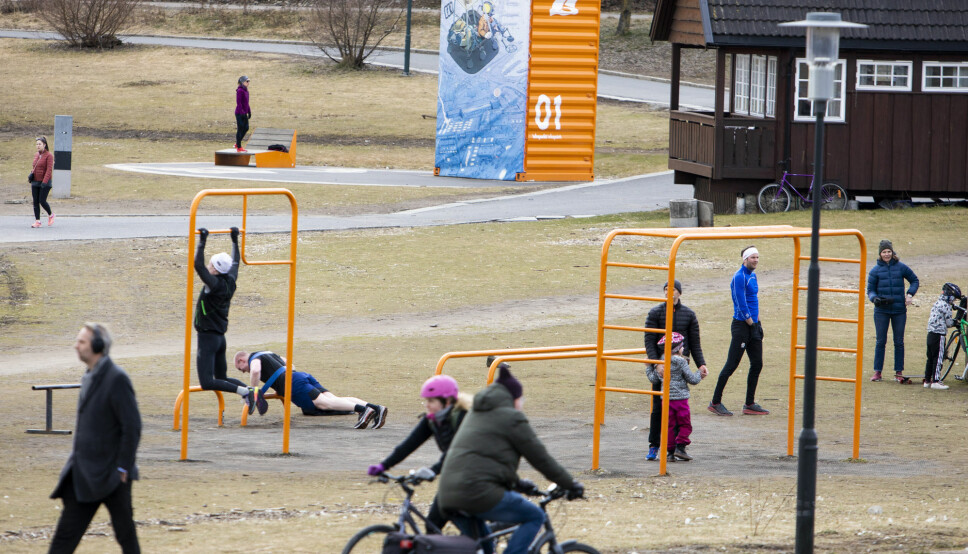
Here’s how researchers will find out if Norway’s efforts to fight the corona virus work
Researchers are surveying what people do and who gets infected, but they won’t be able to say exactly how the coronavirus spreads.
Norwegians are staying home. They’re avoiding close contact with lots of people and wash their hands often. Is it helping?
Researchers at Oslo University Hospital (OUS) are trying to figure that out right now.
"We want to find out more about the risk of getting coronavirus," says Arne Søraas, who is leading the survey.
Søraas is a physician who ordinarily studies ageing. But now he thinks it’s more important to study the coronavirus that is ravaging the world’s population.
Those who have been tested are first to be studied
All adults in Norway can participate. Some have been specifically invited, others have heard about the study through the media and have signed up on their own.
There has been great deal of interest. As of yesterday, Sunday April 5th, 115,000 had responded to the digital questionnaire.
Participants answer questions about everything from work and their living situation to travel habits and shopping. They are asked if their physical condition is poor, medium or good and to describe possible symptoms such as fever and cough.
11,620 of the participants have been tested for Covid-19. These individuals are what the first part of the study are concerned with. About 1097 of the people who have been tested have been infected with the virus.
The researchers are investigating whether those who have had a lot of contact with others are more likely to test positive for the coronavirus.
Are children a risk?
We currently know little about where the virus is transmitted, but we know that people are infected by contact with droplets that are coughed or sneezed out by infected individuals.
Are there any situations that are worse to be in than others? Crowded work meetings, lifts, bars or rush hour on the subway? That’s part of what Søraas wants to know.
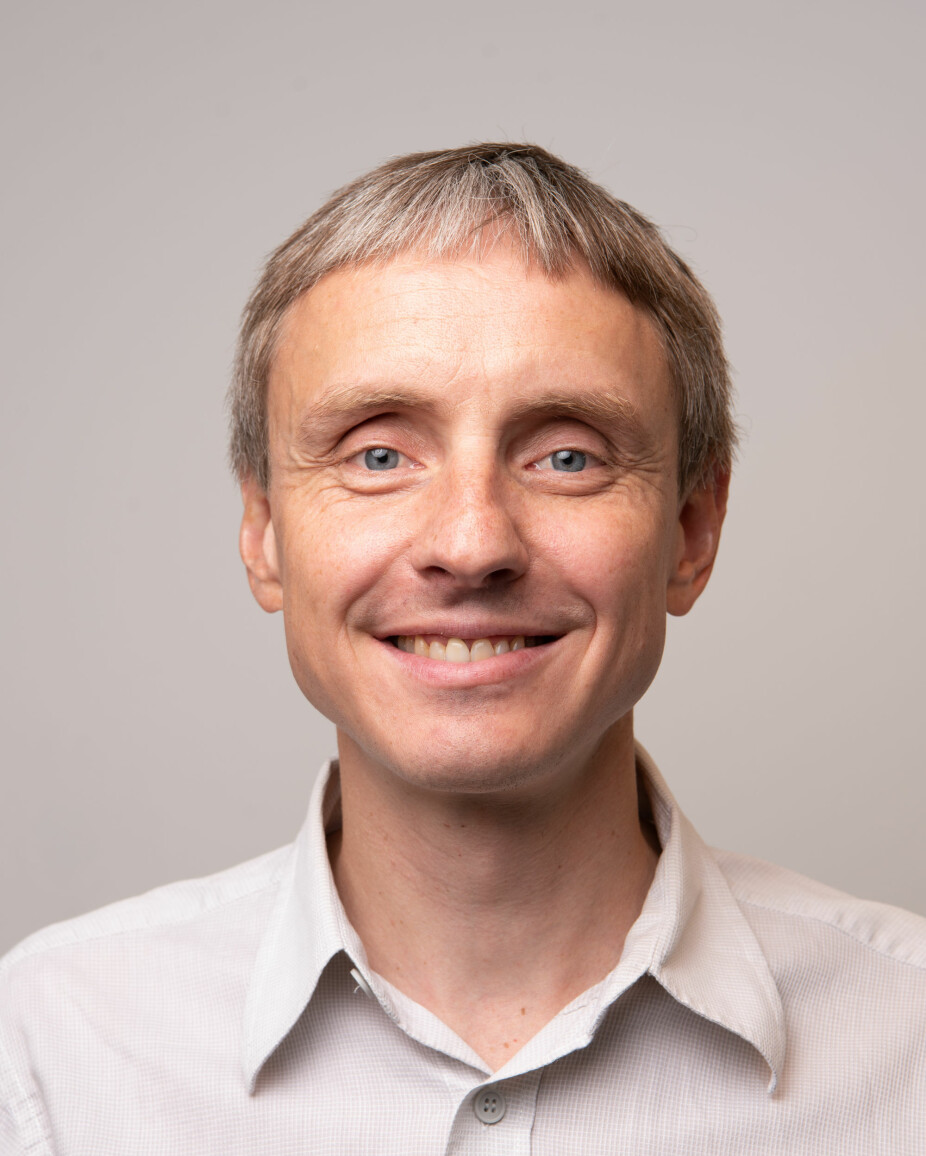
“And is there a risk from having children? Can you be infected by your children?” he asks.
Both parents and people who have looked after children are asked about close contacts. Parents are asked to say how many children play with their children.
Researchers can see which of the respondents have tested positive. They also look at who is reporting cold symptoms.
“We also have to check age, gender, smoking and other issues that can affect the results,” says Søraas.
Don’t really know how the coronavirus spreads
Participants are asked to describe how they moved around both before and after the Norwegian government introduced comprehensive measures on March 12. They are asked if they changed their behaviour in line with the authorities' recommendations.
Still, there is an important limitation to the study, Søraas says.
“It can't answer how the corona virus spreads,” he says.
This kind of study is not designed to show causality.
But along with other research, he believes that the descriptions of habits and symptoms may contribute to the puzzle that epidemiologists around the world are now trying to put together.
“This is one of the pieces that tells us if the measures instituted by the Norwegian government are working or not,” he says.
Søraas hopes to have some results ready next week, but will wait to report them until they have been quality assured and published in an academic journal.
Quick research
Johannes Gjerstad is head of research at the Norwegian Institute of Occupational Health (Stami) and a professor of physiology at the University of Oslo.
He commends the researchers for starting the study so quickly.
“It's incredibly good that this study has been initiated. It is commendable that they have jumped on it so quickly,” Gjerstad says.
He believes the first round of the study can provide valuable information about people's attitudes to government guidance and whether Norwegians have changed their behaviour after the government’s comprehensive measures were implemented.
Self-assessment a problem
But there are some weaknesses in the study, Gjerstad says.
People themselves choose to enrol in the study, which means participants are not really representative of the Norwegian population. As a result, the study cannot actually tell researchers how most Norwegians behave or how many have symptoms that may be due to the coronavirus.
Participants themselves must evaluate whether they are ill and describe their contact with other people.
“Self-reported problems and self-assessment of behaviour are always a little uncertain. We don’t know if participants are answering honestly. Some people probably paint a rosier picture than reality,” says Gjerstad.
Difficult for people to remember
He also warns against asking about what people have done far back in time.
“People forget quickly. That is something you have to be aware of,” says Gjerstad.
When Stami conducts a survey, they usually ask people about the present. Several studies show that people can respond differently about things that happened in the past.
In a Danish study, participants reported how many days they had back pain within a month. They answered completely differently when asked to remember what they answered three months and one year later.
“Questions about symptoms and behaviour more than two to three weeks back in time consequently have to be interpreted with caution,” he says.
The OUS survey asks participants to describe how they behaved four weeks ago.
Before and after the coronavirus
Project manager Arne Søraas is not concerned about people’s memories in this situation.
“I think people remember what life was like before and after the coronavirus — how they used to live and how they live now,” he says.
Is it realistic for people to remember if there was a queue at the cash register three weeks ago? Or how many times they wash their hands every day?
“I believe the answer is yes. It’s not a perfect way to study them, but in retrospect there are not many other ways to do it,” he says.
Will continue to follow participants
Later, the researchers want to ask participants more questions. This presupposes that they will be able to send out a new questionnaire.
They want to monitor which of the more than 100,000 participants are being tested or experiencing symptoms.
“It will be a stronger study when we include everyone,” says Søraas.
By following up on participants, he hopes to be able to say more about the relationship between behaviour for a specific period and infection a few weeks later.

“You, who drove a bus, or you, who are a kindergarten teacher, maybe you ended up being tested and getting corona?” he says.
Most Norwegians are not being tested, but Søraas hopes that more of the study participants will be tested. That will provide better information on how many people were infected.
The quality of the study depends on time
The quality of the study depends on the researchers following the participants over time, Stami’s Gjerstad says.
He urges researchers to ask the same questions about behaviour in each round, so they can compare answers.
Gjerstad himself has responded to the survey. He was infected with the coronavirus and is therefore one of the individuals that the researcher's are particularly interested in getting to participate in the study.
He was long isolated from his family in a basement apartment with a mild version of the disease. Now he is completely healthy.
Gjerstad thinks it will be well worth following up on people like him for months. Do they have antibodies in their blood? Have they become immune to the disease?
Many of the participants agreed to give blood and provide samples from their nose and throat. This will help researchers hopefully find out more about people who were infected.
Healthcare professionals unsure about personal protection equipment
The survey also contains questions aimed at health care staff.
“Health professionals are particularly vulnerable in this epidemic. Many are infected at work,” says Søraas.
He has looked at answers from people who work in hospitals and can confirm what many have said to the media: They do not have enough personal protection equipment.
Søraas was also surprised that some said that they didn’t know how to use the personal protection equipment properly.
“Many people aren’t sure how to use it. There is room for better training,” he says.
Researcher doing his part
Many research projects at Oslo University Hospital are on ice now because of the coronavirus epidemic. Researchers can no longer study patients.
That means there are researchers available who can contribute to the coronavirus study. The researchers started this project without financial support, but have sought research funding to continue.
“Everyone from orthopaedists to microbiologists have worked together in their spare time to get this up and running,” says Søraas.
“We have never encountered so much goodwill before. Many people seem to think this is important,” he said.
Translated by: Nancy Bazilchuk
———







